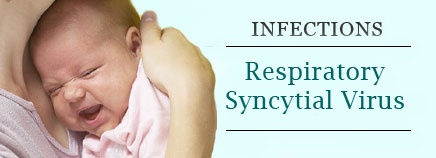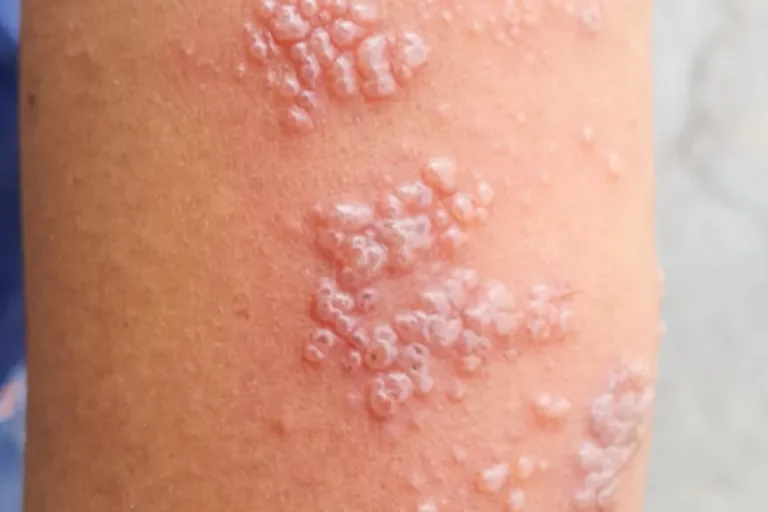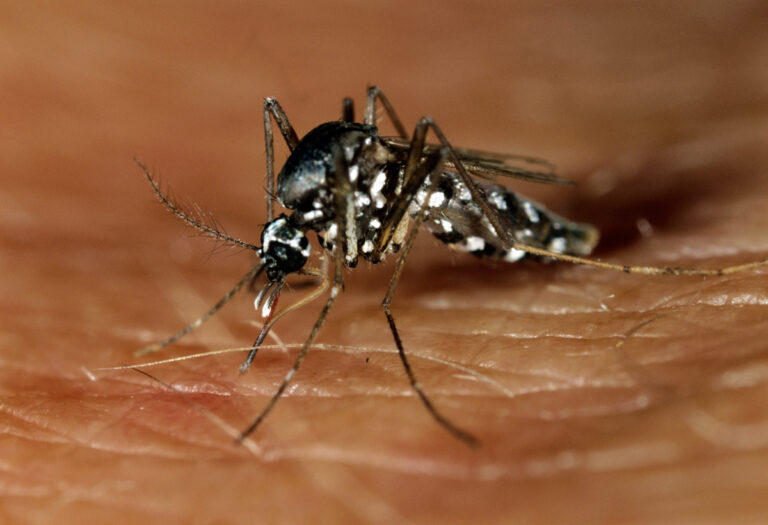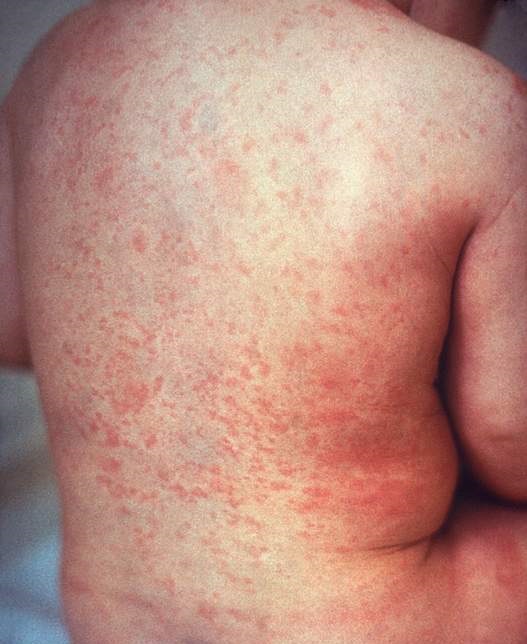Monkeypox: What is it and how do you catch it?
Author: Giselle Robel
Giselle Robel
Category: Health
Monkeypox is a rare disease that is caused by infection with monkeypox virus. Monkeypox virus belongs to the Orthopoxvirus genus in the family Poxviridae. The Orthopoxvirus genus also includes variola virus (which causes smallpox), vaccinia virus (used in the smallpox vaccine), and cowpox virus.
Monkeypox was first discovered in 1958. When two outbreaks of a pox-like disease occurred in colonies of monkeys kept for research, hence the name monkeypox.' The first human case of monkeypox was recorded in 1970. In the Democratic Republic of the Congo (DRC) during a period of intensified effort to eliminate smallpox. Since then, monkeypox has been reported in people in several other central and western African countries. Although the majority of infections are in Democratic Republic of the Congo.
 Monkeypox Illustrated
Monkeypox Illustrated
How common is monkeypox?
Monkeypox cases in people have occurred outside of Africa has been linked to international travels. Or imported animals, this include cases in the United States, as well as Israel, Singapore, and the United Kingdom.
The natural reservoir of monkeypox remains unknown. However, African rodents and non-human primates (like monkeys) may harbor the virus and infect people.
Monkeypox is caused by the monkeypox virus, a member of the same family of viruses as smallpox. Although it is much less severe and experts say chances of infection are low.
What are the Monkeypox symptoms?
In humans, the symptoms of monkeypox are similar to but less severe than the symptoms of smallpox. Monkeypox begins with fever, headache, muscle aches, and exhaustion. The main difference between symptoms of smallpox and monkeypox is that monkeypox causes lymph nodes to swell (lymphadenopathy) whereas smallpox does not. The incubation period (time from infection to symptoms) for monkeypox is usually 714 days but can range from 521 days.
The illness begins with:
 Symptoms of monkeypox illustration
Symptoms of monkeypox illustration
- Fever
- Headache
- Muscle aches
- Backache
- Swollen lymph nodes
- Chills
- Exhaustion
Within 1 to 3 days (sometimes longer) after the appearance of fever. The patient develops a rash, often beginning on the face then spreading to other parts of the body.
Lesions progress through the following stages before falling off:
- Macules
- Papules
- Vesicles
- Pustules
- Scabs
The illness typically lasts for 24 weeks.
If the Initial symptoms which include fever, headaches, swellings, back pain, and aching muscles show.
Once the fever breaks a rash can develop. It often begins on the face, then spreads to other parts of the body, most commonly the palms of the hands and soles of the feet.
The rash, which can be extremely itchy or painful, changes and goes through different stages before finally forming a scab, which later falls off. The lesions can cause scarring.
The infection usually clears up on its own and lasts between 14 and 21 days.
How do you catch it?
Monkeypox can be spread when someone is in close contact with an infected person. The virus can enter the body through broken skin, the respiratory tract or through the eyes, nose or mouth.
It has not previously been described as a sexually transmitted infection, but it can be passed on by direct contact during sex.
It can also be spread by contact with infected animals such as monkeys, rats and squirrels, or by virus-contaminated objects, such as bedding and clothing.
 illustration of the virus
illustration of the virus
Transmission of monkeypox virus occurs when a person comes into contact with the virus from an animal, human, or materials contaminated with the virus. The virus enters the body through broken skin (even if not visible), respiratory tract, or the mucous membranes (eyes, nose, or mouth). Animal-to-human transmission may occur by bite or scratch, bush meat preparation, direct contact with body fluids or lesion material, or indirect contact with lesion material, such as through contaminated bedding. Human-to-human transmission is thought to occur primarily through large respiratory droplets. Respiratory droplets generally cannot travel more than a few feet, so prolonged face-to-face contact is required. Other human-to-human methods of transmission include direct contact with body fluids or lesion material, and indirect contact with lesion material, such as through contaminated clothing or linens.
The reservoir host (main disease carrier) of monkeypox is still unknown although African rodents are suspected to play a part in transmission. The virus that causes monkeypox has only been recovered (isolated) twice from an animal in nature. In the first instance (1985), the virus was recovered from an apparently ill African rodent (rope squirrel) in the Equateur Region of the Democratic Republic of Congo.
Prevention
There are number of measures that can be taken to prevent infection with monkeypox virus:
 Proper hygiene to prevent it from spreading
Proper hygiene to prevent it from spreading
- Avoid contact with animals that could harbor the virus (including animals that are sick or that have been found dead in areas where monkeypox occurs).
- Avoid contact with any materials, such as bedding, that has been in contact with a sick animal.
- Isolate infected patients from others who could be at risk for infection.
- Practice good hand hygiene after contact with infected animals or humans. For example, washing your hands with soap and water or using an alcohol-based hand sanitizer.
- Use personal protective equipment (PPE) when caring for patients.
Treatment
Currently, there is no proven, safe treatment for monkeypox virus infection.
Outbreaks can be controlled by infection prevention.
Vaccination against smallpox has been proven to be 85% effective in preventing monkeypox.
The UK has bought doses of the smallpox vaccine, but it is not clear how many jabs might be given.
And antiviral drugs may also help.
Should the public be concerned?
Experts say we are not on the brink of a national outbreak and, according to the UK Health Security Agency (UKHSA), the risk is low.
Prof Jonathan Ball, professor of molecular virology, University of Nottingham, said: “The fact that only one of the 50 contacts of the initial monkeypox- infected patient has been infected shows how poorly infectious the virus is.
“It is wrong to think that we are on the brink of a nationwide outbreak.”
UKHSA is following up with those who have had close contact with patients to offer advice and to monitor them.













